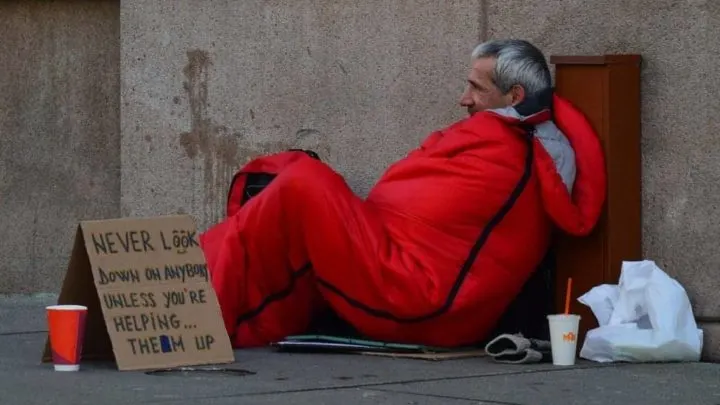Utah’s unique “housing first” model has received numerous awards and accolades. The state has reduced the number of chronically homeless people by 91% by ensuring that they provide housing first to the people who need it.
Increasing poverty rates and a shortage of affordable low income housing have created a housing crisis around the US. While politicians criminalize homelessness and the public bemoans the housing crisis, homeless people continue to suffer on our streets and in our communities.
Fortunately, Utah lawmakers have implemented a program that seems to help significantly.
What is Housing First?
There are many approaches to solving homelessness, but the Housing First model prioritizes getting homeless people into homes before focusing on other forms of assistance. This approach is based on the belief that people need the essentials like housing and food before they can work on secondary essentials, like getting a job or learning how to budget or recovering from an addiction.
This is backwards from the way that many other homeless programs work. Traditionally, these programs require people to get jobs or overcome addictions before housing is provided.
Does Housing First work?
In 2015, Utah achieved a landmark victory against chronic homelessness. The chronically homeless population had been reduced by 91 percent! Although there are still a lot of homeless people in Utah, this reduction is a significant and incredible achievement.
Adopting a Housing First model made all the difference.
There is a large and growing evidence base demonstrating that Housing First is an effective solution to homelessness. Consumers in a Housing First model access housing faster and are more likely to remain stably housed.
End Homelessness
How does Housing First work in Utah?
Utah’s homeless housing program is very unique. Under this program, chronically homeless Utahns don’t have to prove they are sober and drug-free before they qualify for housing. What they do have to prove is that they have a disabling condition and have been homeless more than a year or four times in the last three years.
Why these requirements? Because 85% of the homeless population is only homeless for a few weeks or months. It’s the chronically homeless that strain the system, overfill the shelters and cost the government tens of thousands of dollars per year in services.
Clients who receive housing under this program must pay 30% of their income to rent or $50 per month, whichever is greater. They remain in the program for only a year, but so far most of the people helped through this program have maintained their housing after that time.
When the Bush administration adopted the Housing First model, conservatives pushed back. Many people agreed with Lloyd Pendleton, who was quoted by NPR as saying, “”And I said you guys are smoking something, because there’s no way on this earth that you’re going to end homelessness… I was raised as a cowboy in the west desert and I have said over the years, ‘You lazy bums, get a job, pull yourself up by the bootstraps.'”
Everything changed for Lloyd when he attended a 2003 conference on homelessness in Chicago and realized that the chronically homeless cost the government $30,000 to $50,000 per person every year. These costs are accrued in jails, emergency rooms and through other services.
This was a revelation. Instead of simply believing the government shouldn’t give away housing, Lloyd realized the government was already spending more and doing less. As the head of the Utah Housing Task Force, he knew what had to be done.
Now, the chronically homeless are being housed and Utah saves $8,000 per homeless person per year. Everybody wins!


Erin Copeland
Monday 11th of March 2024
Its time to look at your numbers again, please. This model does not seem to be working, as i have been homeless for nearly a year, and i dont think they are doing housing first anymore. Thanks for all you do!